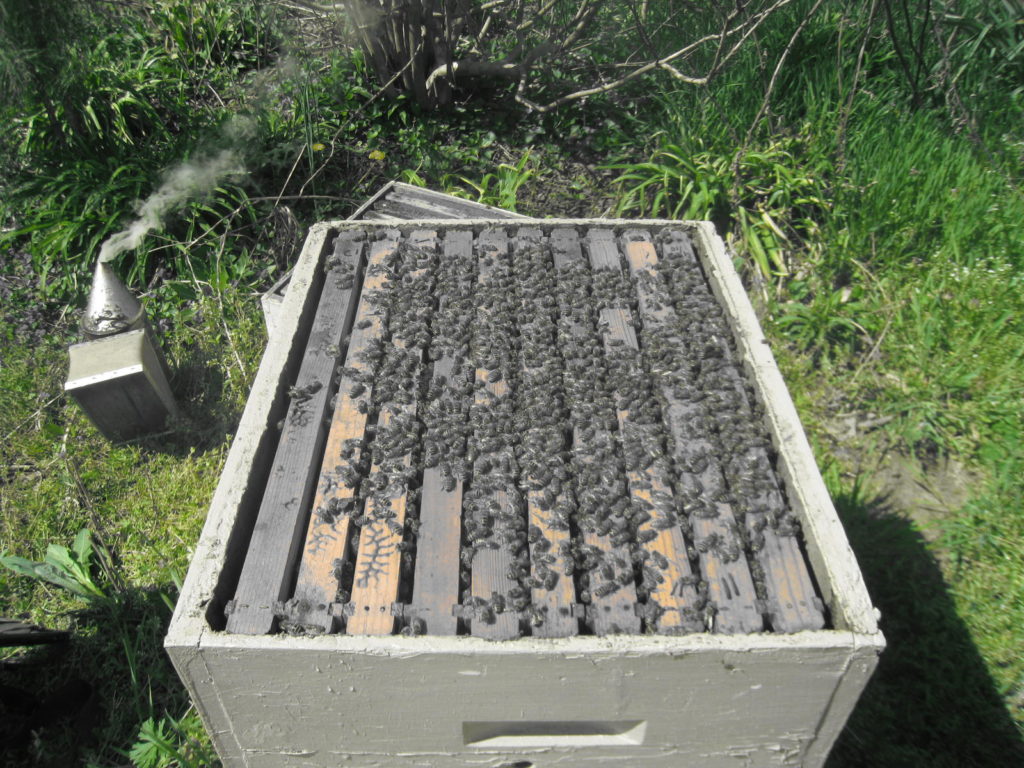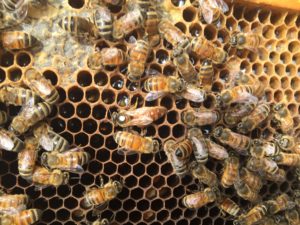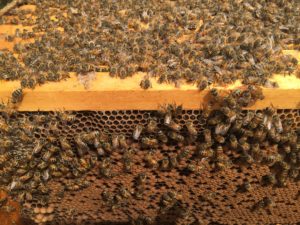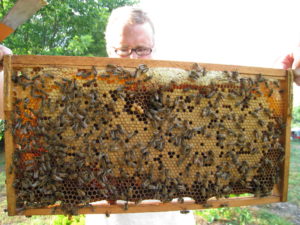Nuc Successes…and failures
I have long ago given up the notion that I can figure out the honey bee. But, it still frustrates me!
I checked a Nuc this afternoon – the very first Nuc that I created this year – for some evidence of a queen. It has been 3 weeks since I created the Nuc which is more than enough time, even in cold weather, for a queen to be raised. She may not be laying yet, but she should be in the little hive. I found a partially torn down queen cell, which told me the queen had hatched, which is a great first step. I looked about for the queen, but I always have difficulty finding them at this age – they seem to be smaller and a lot quicker! I never found her, but made a note to come back in 2 weeks to check for eggs/larvae. This Nuc is in good shape.

Then, onto a second yard where I mainly wanted to put a third Medium super on a colony that overwintered in a double Medium Nuc, had been moved to two full-sized Nucs in early March and now needed a third full-sized Nuc to fill out their brood chamber (I rarely use this setup, but it works and was called for in this situation.) As I accomplished the primary task, I noticed two Nucs (in this yard) that I had created on March 25 – there was zero activity… It was late afternoon and well into the 70’s – a good 10 days since the Nucs were created – there should be activity! Argh. I checked both Nucs – the Med Nuc was completely empty – only dead, capped brood. The Deep Nuc probably had a dozen bees… Insanity. I went back to check the weather – no big drops until several days after the Nuc was created, no huge downpours… But, both Nucs, created from the same parent hive, somehow emptied. I feel like there is something that I am missing – there must be a common agent here (and, I seem to recall this happening in the past, in other yards.)
At any rate, it’s all part of the process. I am more happy that I was able to collect the drawn frame from those Nucs now (instead of 9 days from now, when I would have checked for evidence of a queen.) Once the rain passes, I will just create a few more Nucs in a few other beeyards and move on!




